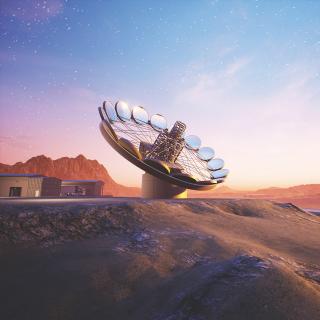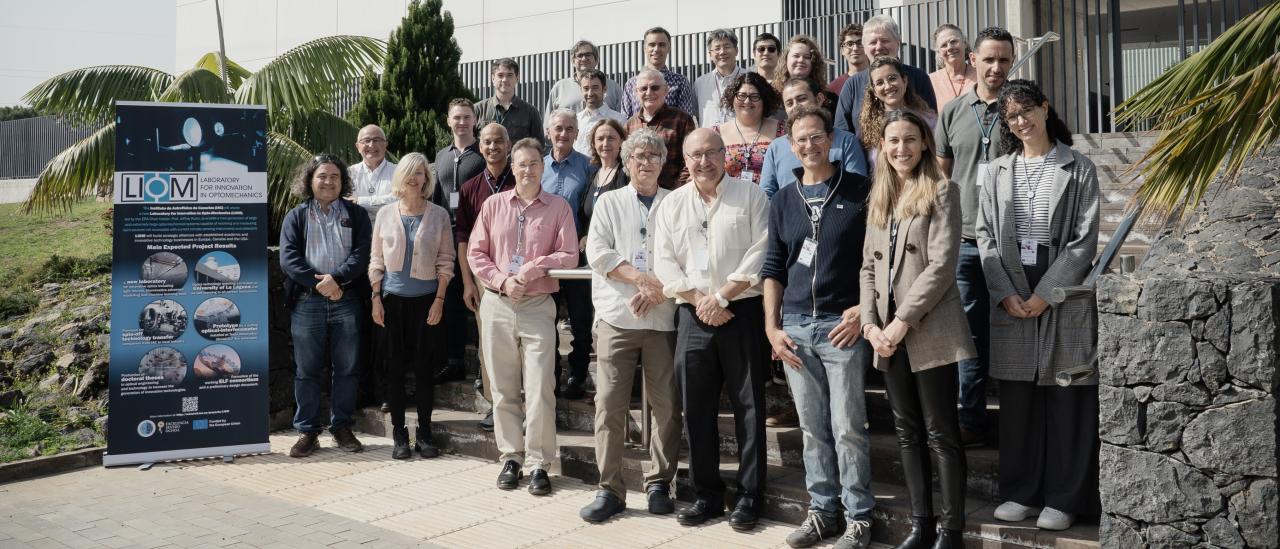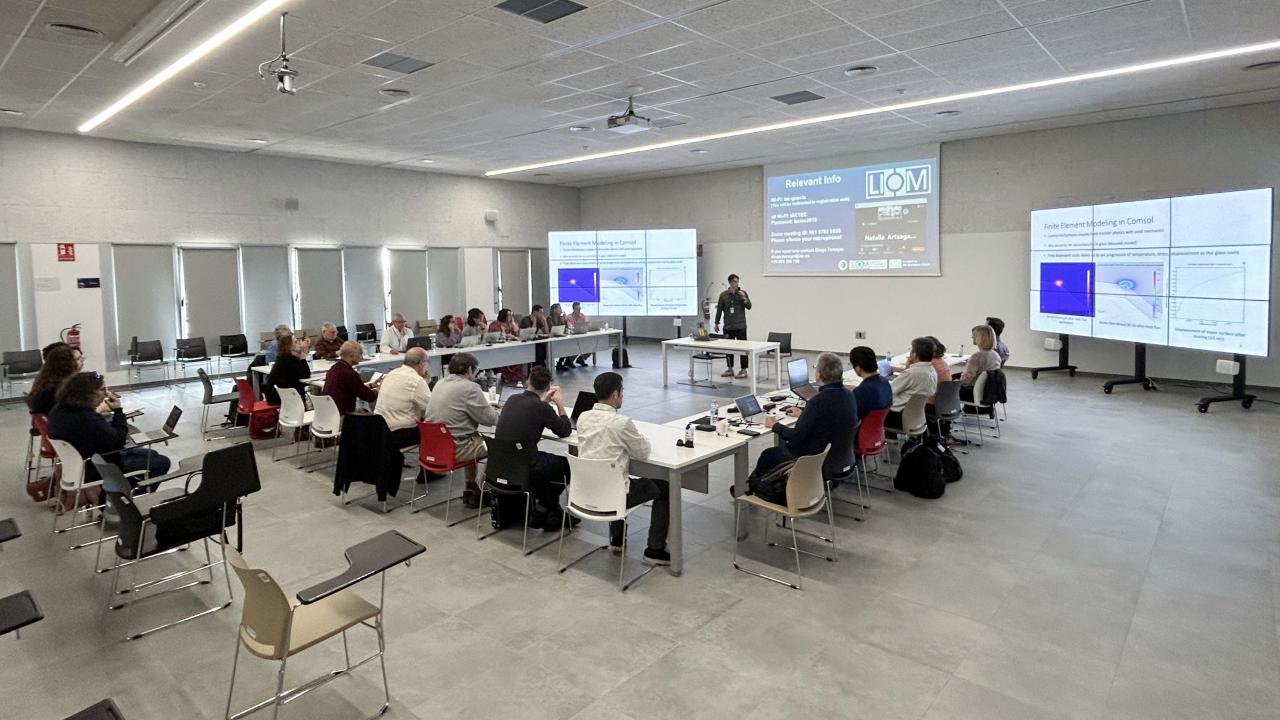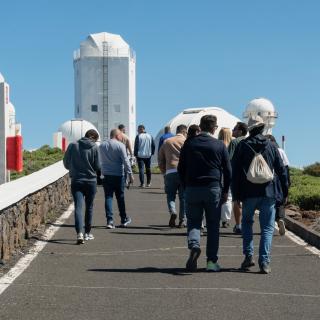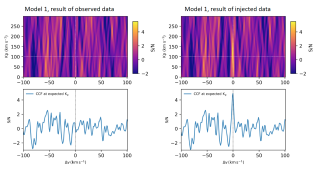From 14 to 16 February, the second scientific meeting of the Laboratory for Innovation in Opto-Mechanics (LIOM) will be held at the IACTEC building managed by the Instituto de Astrofísica de Canarias (IAC) in the Science and Technology Park of La Laguna (Tenerife). This project is dedicated to the development of new optical and mechanical technologies that will form part of the next generation of telescopes capable of detecting biomarkers on exoplanets.
One year after its creation, the IAC's Laboratory for Innovation in Opto-Mechanics (LIOM), is holding its second international meeting. Under the title "Wavefront Sensing and Optomechanical concepts for Large Telescopes", this meeting brings together some thirty specialists in optics, opto-mechanics and photonics from Europe, Canada and the United States with the aim of making further progress in the development of optical and mechanical technologies for future ground-based telescopes and space missions to detect faint sources that cannot be accessed with current telescopes and instruments.
“We aim to build a collaboration that will contribute to the development of the next 50 years of astronomical telescopes - be they on the ground, space, or the moon” explains Jeffrey Kuhn, a professor at the University of Hawaii who is leading the project.
´2nd LIOM International Workshop held at the IACTEC building in La Laguna.
The LIOM meeting will focus on the main technologies to be developed over the next 4 years: ultra-lightweight and self-correcting low density mirrors with a new manufacturing process, cables under tensión to reduce the weight of telescope structures, photonics and wavefront sensing.
One of LIOM's main objectives is the design of the future 30-metre ExoLife Finder (ELF) telescope, a new facility capable of detecting biomarkers on exoplanets and obtaining details of their surfaces. ELF would be a unique telescope because of its light weight and exceptionally high resolution and contrast at infrared wavelengths.
Before developing the large ELF, LIOM is building and commissioning the Small-ELF prototype with a diameter of 3.5m prototype to prove the technology. "With the Small-ELF we want to demonstrate the viability of these new technologies, which will have to meet the difficult challenge of achieving a weight and cost 10 times lower than usual for this type of infrastructure; only by developing this prototype can we guarantee the success of the ELF telescope" explains Nicolas Lodieu, researcher at the IAC and scientific leader of the Small-ELF.
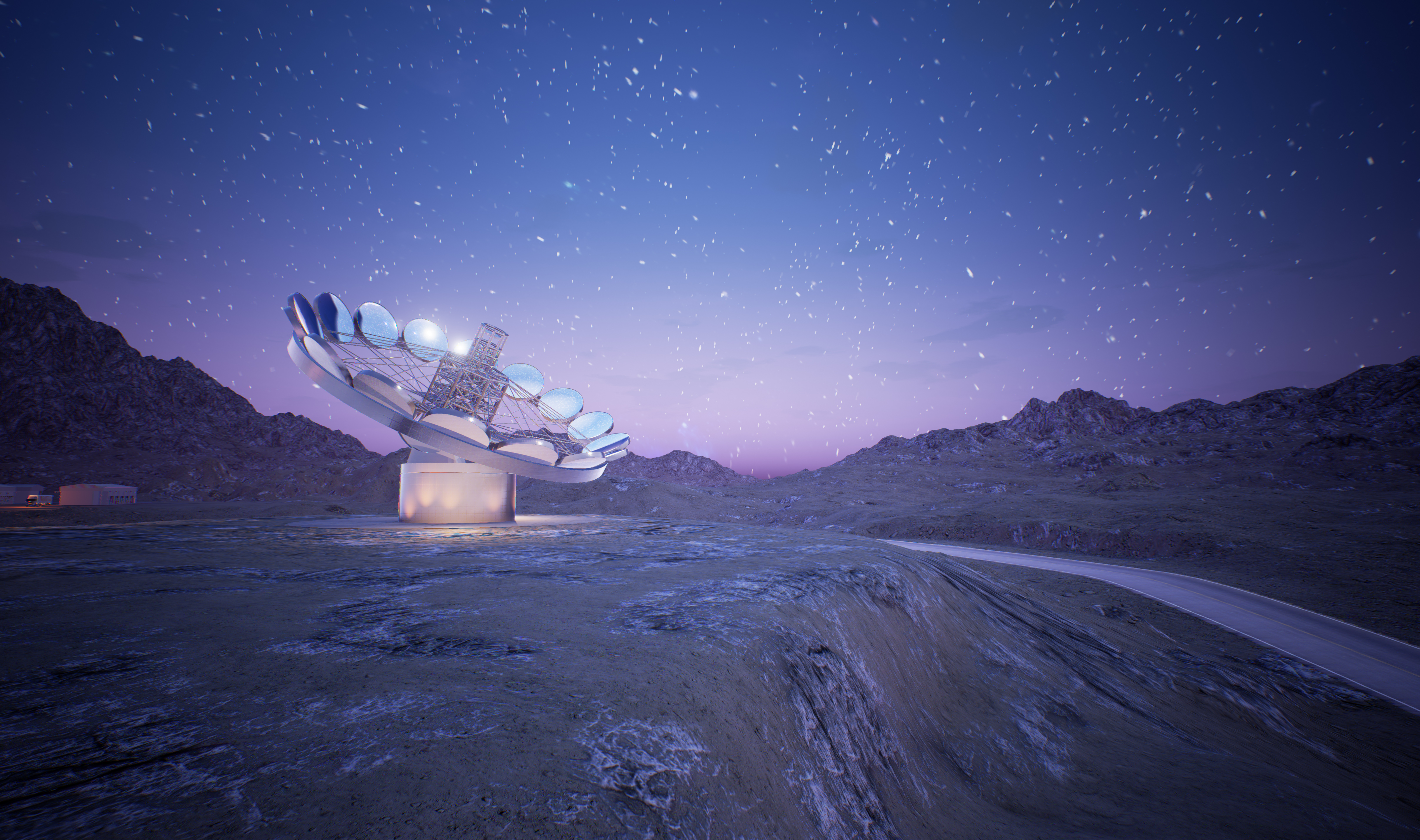
Small-ELF is expected to be installed at Teide observatory in 2026. The mechanical structure is expected during the second half of 2025 for final acceptance at IACTEC while the dome should be installed at Teide Observatory end of 2025.
LIOM is funded for the Framework Programme for Research and Innovation Horizon Europe of the European Union, and is supported by an ERA (European Research Area) Chair.
More information:
Proyecto LIOM
Proyecto ExoLife Finder
Contact at the IAC:
Jeff Kuhn, jeff.reykuhn [at] yahoo.com (jeff[dot]reykuhn[at]yahoo[dot]com)
Nicolas Lodieu, nlodieu [at] iac.es (nlodieu[at]iac[dot]es)
Proyecto LIOM, liom [at] iac.es (liom[at]iac[dot]es)

